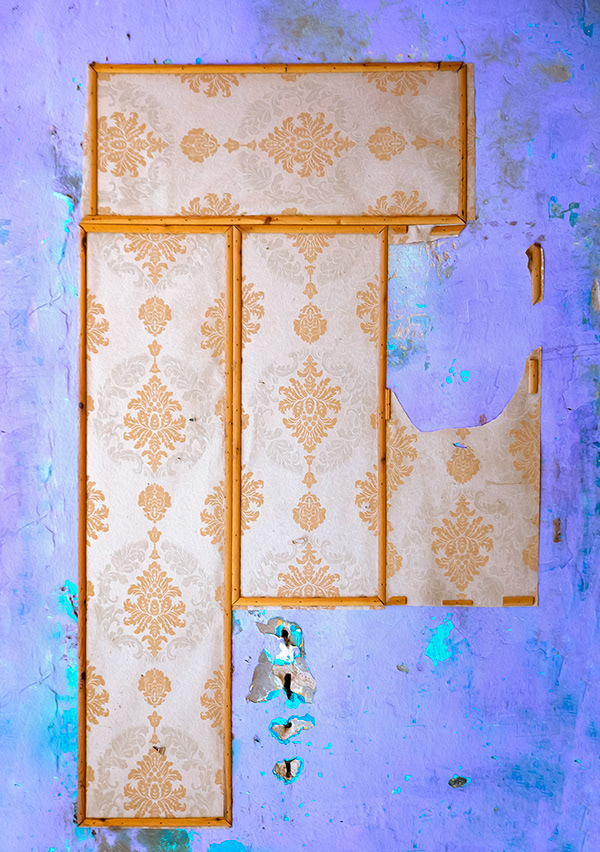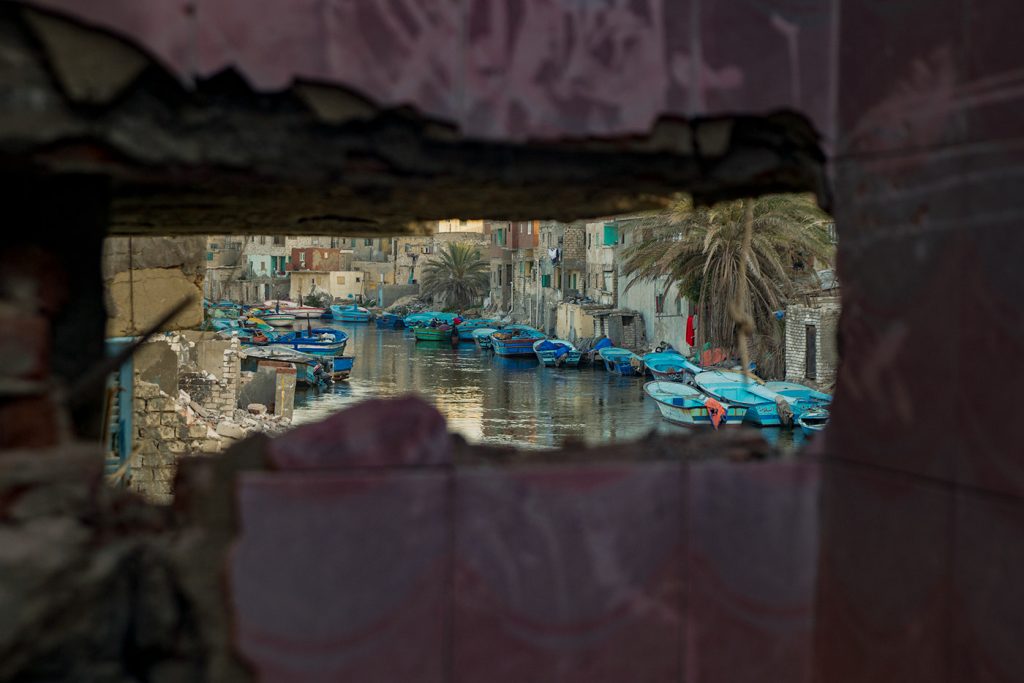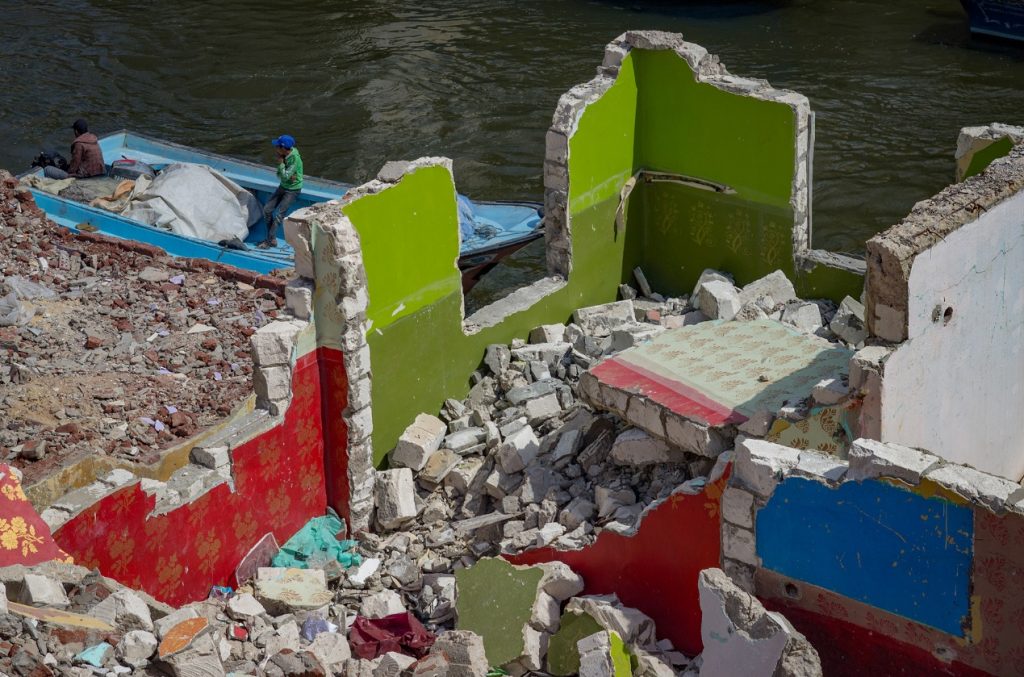
Egypt has always been a dynamic country, replete with change in society and landscape. It is no surprise then that the country, one of the oldest in the world, often exudes a nostalgic scent often captured in art and photography projects.
Slowly, as more globalization and international influences take more room in people’s minds, the structural and architectural identity of Cairo and Alexandria shift: tramways are lifted, old residential buildings are torn down for sleeker options, Islamic architecture and motifs become less prevalent in the face of IKEA and Scandinavian designs. Yet, the memory of elegant and simpler times remains.
It is these exact vestiges of an Egypt that once was that many photographers attempt to capture.
“Have they ever told you about a city with a taste of time?’’ thus muses 29-year-old Samar Baiomy regarding El Max, a decaying spot in Alexandria, which she has been photographing since 2016.
El Max is known as a fishermen neighbourhood at the West of Alexandria. Its most recognizable feature is the freshwater canal, the Mahmudiya, which was dug in the 19th century to carve a channel of water from the Nile to Alexandria as well as be utilized as a pathway for cargo ships. However, with time, pollution, poverty and neglect have taken their toll on El Max.
By capturing shots of destruction, chipped painted homes and roughly broken up windows, Baiomy offers a peak into the beauty of destruction and the ghost of a residential place once celebrated as the ‘Venice of Alexandria’.
The visual artist’s story with the area was long-lived prior to embarking on the project.


“I used to go there, with my father, while I as young. We used to go eat seafood there and I loved the sight of nature, and when I grew up, I got attached to the place and would take photos near the sea,’’ she explains.
Eventually, much later in life, and as a teaching assistant at an art school, she decided to take students there, and noticed the demolition of various long-standing buildings. Upon inquiring, she was told that the government was keen on replacing the older structures with new buildings, such as cafes and restaurants, imitating a modern and commercial landscape that’s recognizable on the Alexandria corniche.

Initially, she was deterred from photographing the location due to it belonging to the Egyptian armed forces and due to the fact that the locals in the area were weary of photographers due to negative previous experiences. However, Baiomy resolved to capture the previous homes of the residents of El Max, many of which still adorned with personal items: desiccated garlic scapes, abandoned laundry, furniture and cartoon stickers.
“I discovered it wasn’t that hard to photograph the place. Little by little, I started going by myself and taking photos,” she narrates.

“I would go once per week, on Saturdays or Sundays, to capture the shapes of the buildings.”
To avoid potential scuffles with the locals, she photographs the fascinating semi-demolished structures with a local resident whose presence provides immunity.
“I was focused on the memories of the people living in these places. How can you just be given some money and be told to live elsewhere? They [the residents] are fishermen; they’re used to this life and parking their boats there, so why leave their homes?” states Baiomy whose interest in the physical tangible entity of El Max is peppered with the emotional state of its gradually leaving residents. One of the subjects of her photographs is a young lady clearly devastated at the demolition of her grandmother’s home.


Baiomy documented all the left bank which was easily evacuated. As for the right bank, the evacuation and destruction took six months to approve due to the resistance of the locals who were attached to their homes, but that, almost in a mere matter of a week, it quickly started disappearing. She also explains that this demolition is still ongoing.
In the future, she hopes to continue her project in a second part where she tracks down the families of the demolished homes, to take individual portraits in the spaces they once called home.







Comment (1)
[…] Revive Memories: These Shots Capture Alexandria’s Demolished ‘Venice’ […]